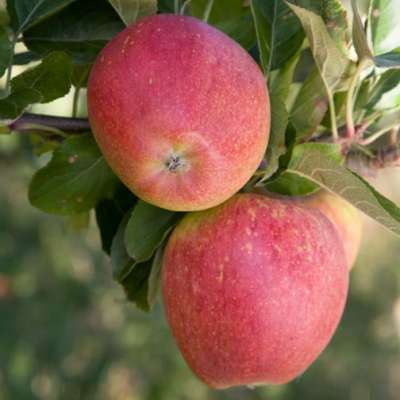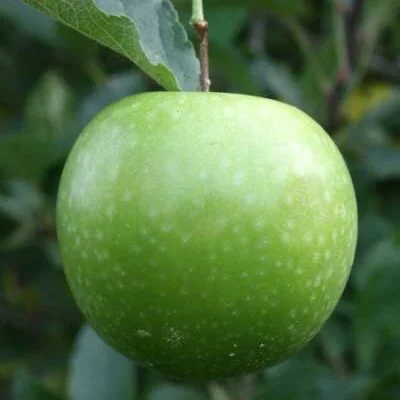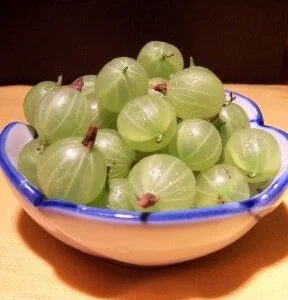Your basket is currently empty!
Easy to grow in all soils, the biggest and most juicy fruits will come from good soil to which manure and compost has been added. Plant to same depth as lifted at the nursery, making sure the roots are well spread out. Blackberries will tolerate shade well, but best results from loganberries and hybrids will be achieved in a sunny position. Space 8′ apart down the row. Hybrid berries 6′ apart. Immediately after planting, cut the canes back to a strong bud 6-9″ above the soil. A mulch of compost after the first year will maintain fertility
Feeding
Sulphate of Potash in early spring, at 2oz per plant. This improves the quality of fruit and builds up a hardier plant, better able to withstand the cold winds. Avoid the use of Nitrogen unless absolutely essential as this causes soft growth, excessive vigour, and makes the canes more prone to disease.
Support Systems
The canes must be kept off the ground for easy picking and to ensure a tidy and and easy-to-pick crop. They can be supported against a fence or wall or in the open garden, where a wire fence should be erected. Stout posts should be erected 6′ out of the ground and 18″ below, every 10’of the row. The end posts should be further supported by buttress posts to give strong support. Treat all untreated wood or posts with cuprinol before erecting. 3 wires should then be attached to the posts at 3′, 4′ and 5′ from the ground. Use gauge 8 or 10 wire. Twist the wire round the end posts and fix along the length with staples or, better still, use straining bolts so that you can tighten the wire. If planting against a wall, 2″ square wooden posts should be fixed to the fence or masonry wall to hold the wire straining bolts. Between the end posts, 4″ wall nails with eyes should be fixed to hold the wires. Tighten the wires with the straining bolts before driving firm your fixing staples. The use of a wall or fence is ideal where space is limited and has many advantages to commend it. They are easy to net against birds, the wall or fence gives shelter and warmth and more light is reflected. Please remember, however, that the soil against these walls is often drier and will need more watering.
Training
The canes are lifted up from the ground and trained along your support wires, tying as necessary. They can be spread as a fan, woven through the wires in an up and down manner (the one we prefer) or simply tied along each wire to their full length. It is always best when training to leave a small gap on the wires above the growing plant so that as your new canes grow during the fruiting season, these can be loosely tied onto the support system up and above your fruiting canes. This will keep them away from your feet and avoid damage during the harvesting of your crop.
Pruning
After fruiting or during the following winter, the old canes that have fruited should be cut at ground level. The new canes can then be trained in their place for the following year’s crop. It is often advised, especially in the colder areas, to leave the new canes on the ground during the cold winter months to avoid severe frost or freezing wind damage. These are then trained in during the early spring just before bud break.
The Fruiting Arch
In many gardens an archway makes an attractive addition to the landscape of the garden. It can be used in many positions, even as an entrance to the fruit garden and made from wood, trellis or ornamental wrought iron etc. But what to plant to give attractive good cover? One of the best features of all is the loganberry or medana tayberry Plant one plant at the outside base of the arch either side and train the canes over the top. The fruiting cane should be trained to the centre of the arch, straight over the top and as the new canes grow these are loosely secured either side of the fruiting cane. The lush green foliage and the luscious ripening fruits are very attractive and rewarding. Other ideal cultivars are Oregon Thornless Blackberry and cordon apples and pears.






